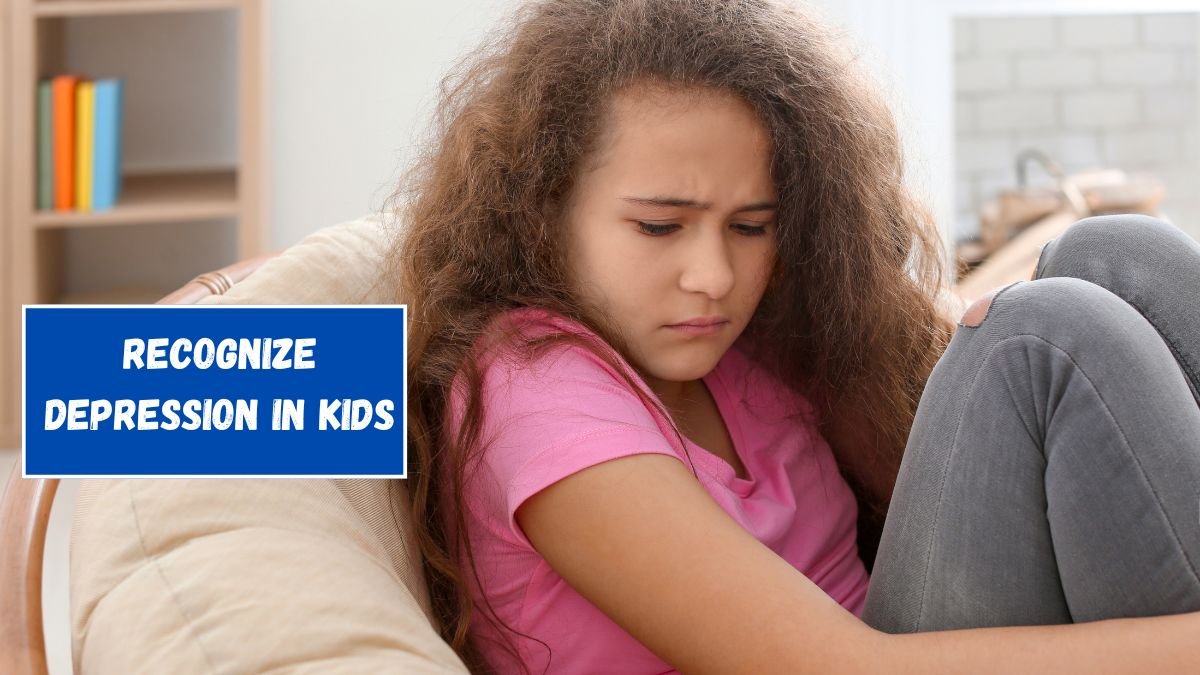Parenting is tough. We always want our kids to be happy, playful, and full of energy. But sometimes, life doesn’t go that way. Children can struggle with sadness too, and in some cases, it may be more than just a bad day. It could be depression. The tricky part? Kids often don’t know how to express what they feel, and parents may mistake the signs for “moodiness” or “just growing up.”
Changes in Mood
Kids usually show how they feel through their mood. If your child seems sad most of the time, cries often, or gets upset over small things, it might be a red flag. Of course, all children get emotional now and then. But if the sadness stays for weeks, it could be something deeper. Think of it like a storm cloud that doesn’t pass—it just hangs around.
Loss of Interest in Fun Activities
Remember how your child loved playing outside, drawing, or chatting with friends? If they suddenly stop enjoying the things they once loved, it can be worrying. Depression can make kids lose interest in fun, almost like someone turned down the brightness in their life.
Trouble with Sleep and Eating
Changes in basic habits are another clue. Maybe your child has trouble falling asleep, or they sleep too much. Maybe they don’t feel hungry anymore, or they eat more than usual. These shifts can be the body’s way of showing emotional pain.
Low Energy and Tiredness
Kids are usually full of energy. If your child seems tired all the time, struggles to get out of bed, or avoids daily routines, it might be more than laziness. Depression can feel like carrying a heavy backpack all day—it drains their strength and makes everything harder.
Negative Thoughts and Self-Worth
Listen to what your child says about themselves. Do they talk about feeling useless, unwanted, or not good enough? These negative thoughts are strong warning signs. It’s like looking at life through a cracked mirror—they can’t see their own worth clearly.
Trouble at School
Depression can also show up in school life. Falling grades, lack of focus, skipping classes, or avoiding school altogether might be linked to how they’re feeling inside. If a teacher points out changes in your child’s behavior, don’t ignore it.
Withdrawal from Family and Friends
Another common sign is pulling away from loved ones. If your child prefers to stay alone in their room instead of spending time with family or friends, it’s worth paying attention. Isolation is often how kids try to cope when they don’t know how to explain their emotions.
What Parents Can Do
The first step is noticing the signs. The second step is talking. Sit with your child, listen without judging, and show them you care. Sometimes, just knowing that someone understands can make a big difference. If the signs continue, don’t hesitate to reach out for professional help. Therapists and counselors are trained to guide children through these struggles.
Last Thought
Depression in kids is real, but it doesn’t have to be a silent battle. By staying alert, showing love, and offering support, parents can make sure their children don’t face it alone. Think of yourself as a lighthouse—guiding your child safely through the storm until the skies clear again.
FAQs
How do I know if my child is just sad or depressed?
Sadness comes and goes, but depression lingers for weeks or months and affects daily life.
Can small children really get depressed?
Yes, even young kids can experience depression, though the signs may look different from adults.
Should I talk to my child directly about depression?
Yes, gently. Use simple words, listen, and let them know it’s okay to talk about feelings.
What if my child refuses to talk?
Be patient. Try different ways like drawing, playing, or journaling. If needed, seek professional help.
Can depression in kids be treated?
Yes, with therapy, support, and sometimes medical care, children can recover and feel better.






